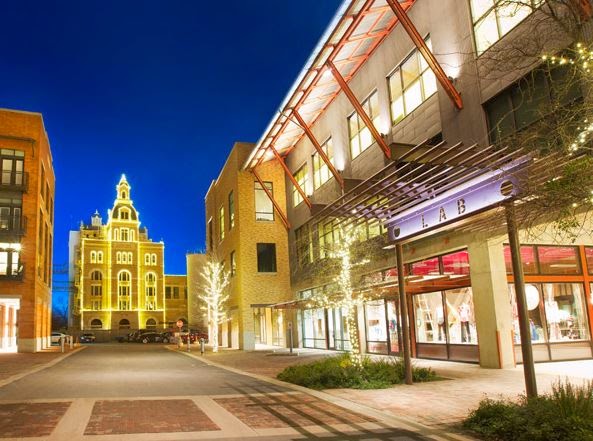
This Green Building built in Archiblox, is an Australian architecture firm, that has unveiled the world’s first carbon-positive prefabricated home. The Archi+ Carbon Positive House is currently on display in Melbourne’s City Square, it is so efficient that it can put energy back on the grid.

The price of ArchiBlox’s carbon-positive buildings start at $238,000AUD plus taxes, so that would equal to approximately $185,687USD, for a 3 bedroom/2 bathroom unit measuring around 300 square feet.

Green Building Magazine writes that over the home’s lifespan, it will emit 1,016 tons of carbon dioxide less than standard or average buildings with the same functionality. That’s the equivalent of taking 267 cars off the road or planting 1,095 native Australian trees, the publication says.

Some Key Sustainable Features are:
• In-ground Cool Tubes to help with cooling
• Sliding Edible Garden Walls to block sun penetration
• Green Roof for added thermal insulation
• The Buffer Zone "The lungs of the house" & "Food Basket" separates the external environment
• Healthy Materials High Grade sustainable materials and formaldehyde and VOC free
• Airtightness - Airtight building envelope improves sound protection and saves energy
• Hard wired data lines to reduce electromagnetic radiation















